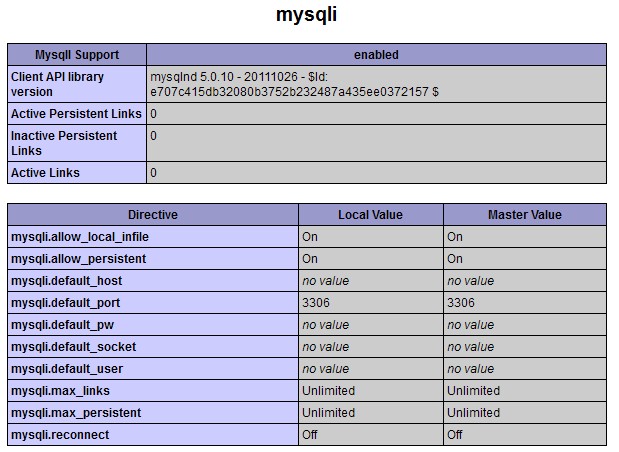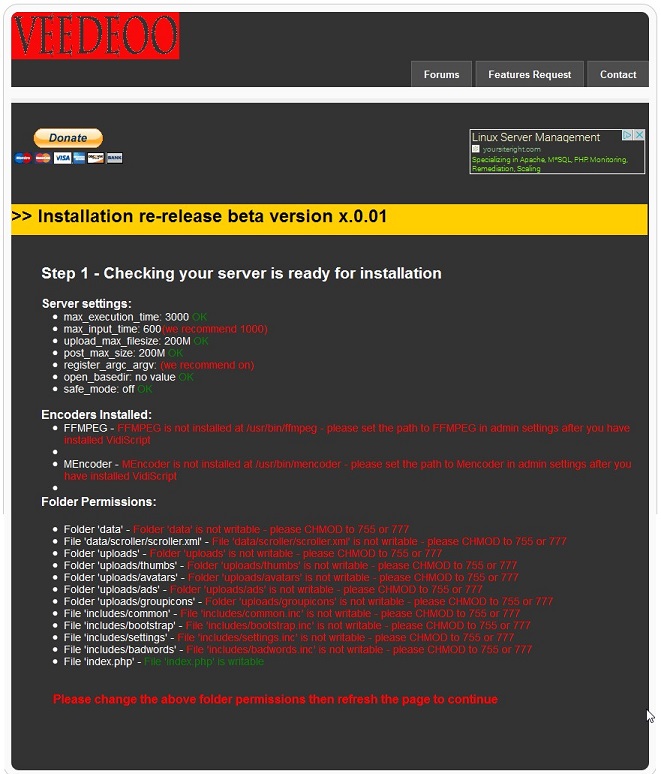My first <HTML></HTML> page was created when I was 9.
iamthwee commented: thanks +14
veedeoo 474 Junior Poster Featured Poster
veedeoo 474 Junior Poster Featured Poster
veedeoo 474 Junior Poster Featured Poster








